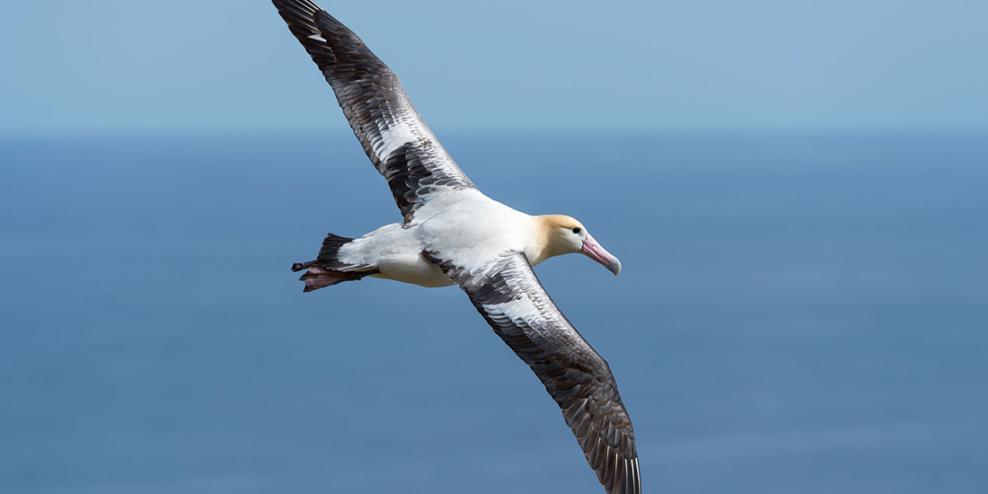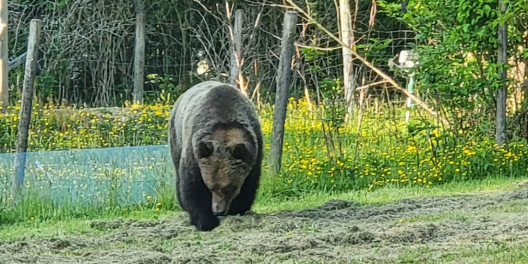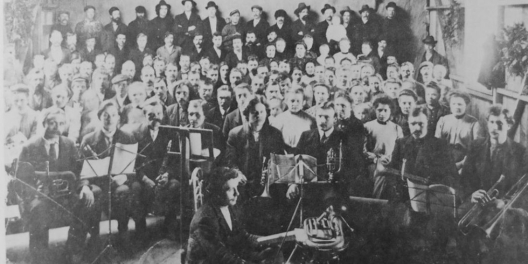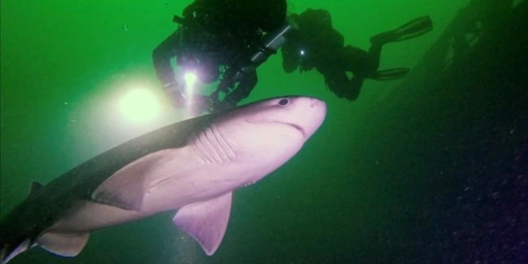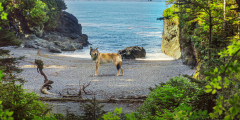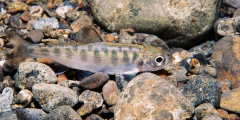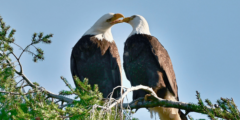Have you seen a short-tailed albatross on the west coast of VanIsle? If you have, that’s a pretty special experience. The giant birds were almost hunted to extinction.
But thanks to old bones and science, we can piece together what their lives looked like for thousands of years. And hopefully we can help bring them back from the brink.
The short-tailed albatross was almost wiped out between the 1880s and 1930s. Their feathers were a popular fashion accessory at the time. There were millions of the birds before they were hunted for their feathers.
These giant birds can fly incredible distances. The same birds will fly from VanIsle to the US, Japan, and Russia. Recently, scientists from the University of Leicester in England figured out they really like Nootka Island.
And they’ve really liked it for more than 4,000 years.
Researchers collected bird bones from archaeological digs and museum samples. They analyzed the bones for chemical fingerprints left behind by the places where the birds liked to eat.
Using these chemicals, they could trace where these birds went to feed, and for how many generations.
One of the sites they collected bones from was Yuquot, a Mowachaht Nuu-chah-nulth village on Nootka Island. It turns out the birds have been coming back to Yuquot since about 2300 BC.
Eric Guiry was the lead author of the study. “This kind of feeding behaviour has only recently been discovered in birds today,” he said in an interview.
“But we’ve got evidence of it happening over thousands of years. The same birds go into the same area for their entire lives.”
Researchers aren’t exactly sure what the birds like to eat, but they know it includes squid. Guiry said they’d have good reason to visit the west coast of VanIsle for food. It’s a “hotspot” for feeding.
“This particularly happens where you have upwelling and strong winds occurring,” like we get on the west coast. “So a lot of nutrient-rich water [is] coming up, and that’s important for the kinds of foods they’re looking for.”
They’re slowly starting to bounce back. And knowing where they like to eat could help us develop a conservation plan for them.
We might not be able to tell Japan or Russia how to help the albatross. But we can help protect the places they like to feed on VanIsle.
And with 4,000 years of history behind them, we know they’ll come back for the west coast seafood buffet.
